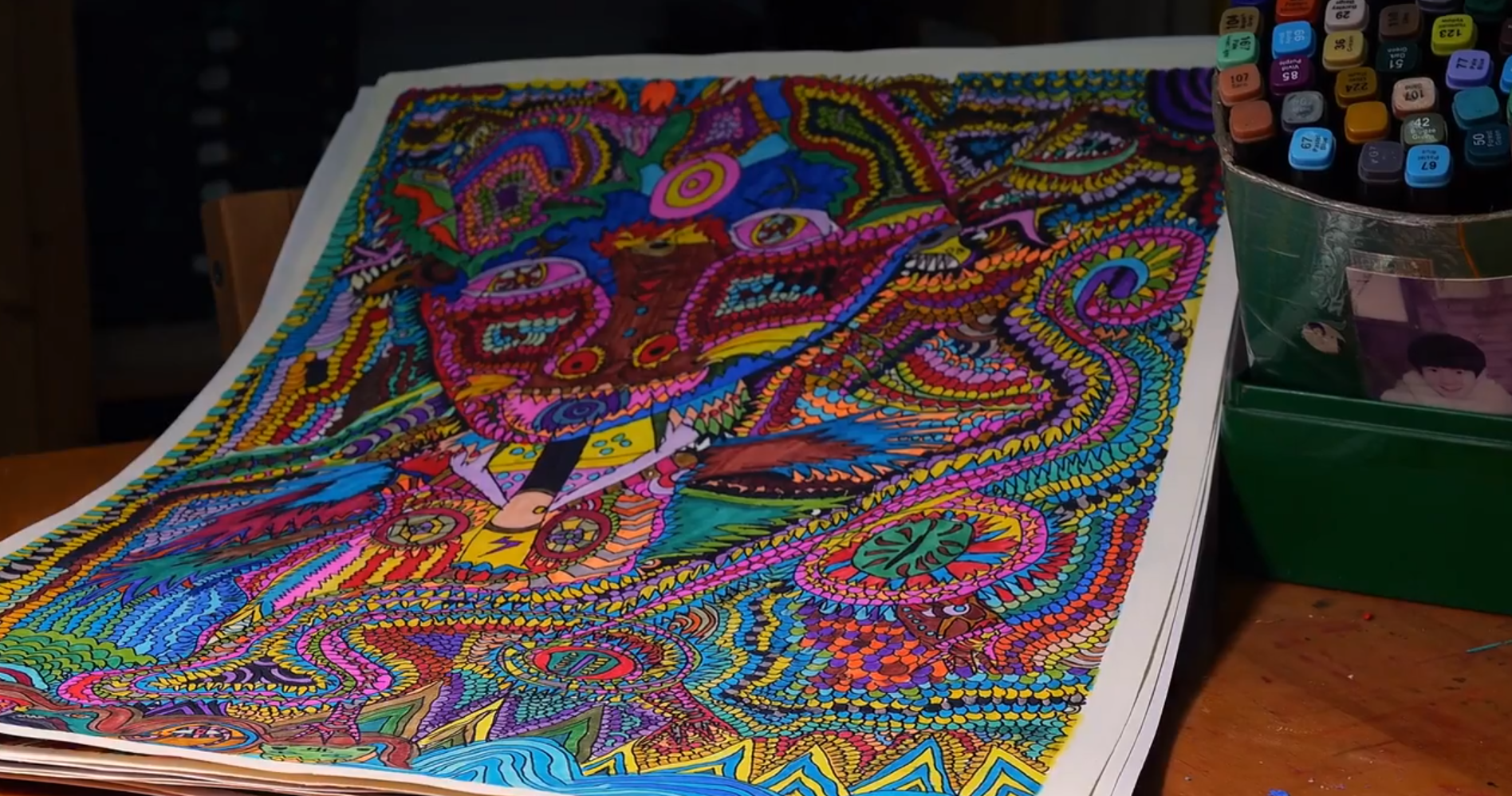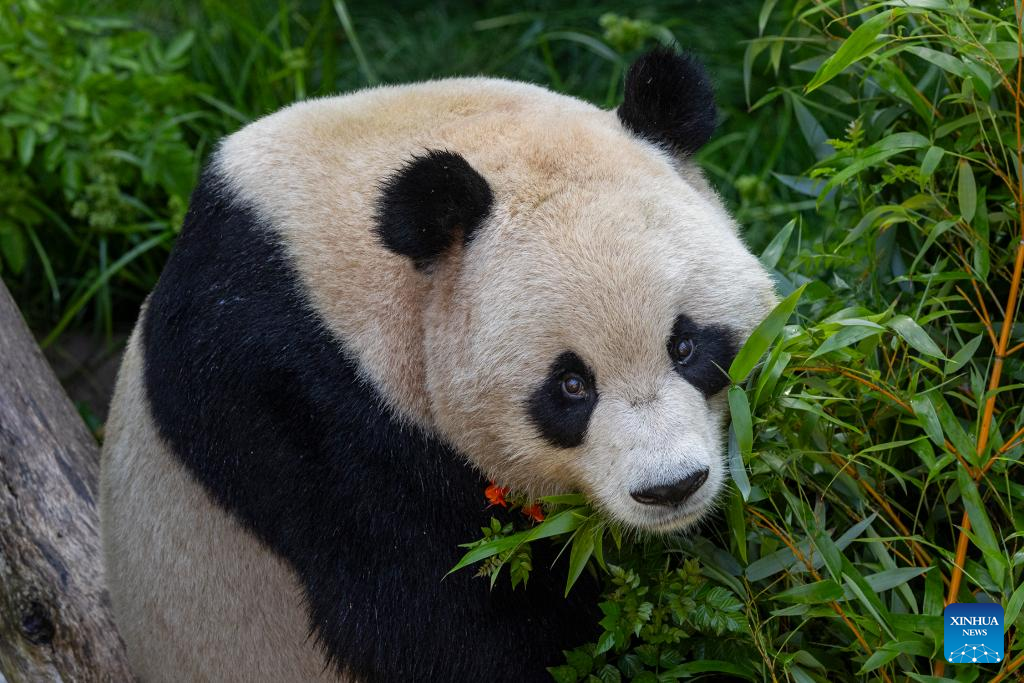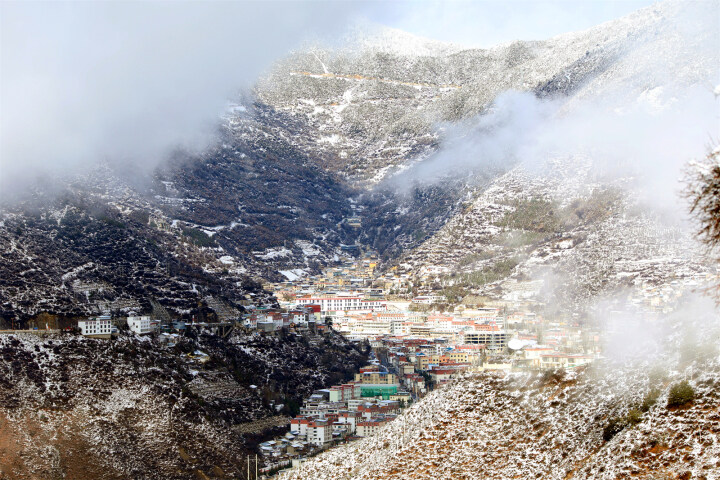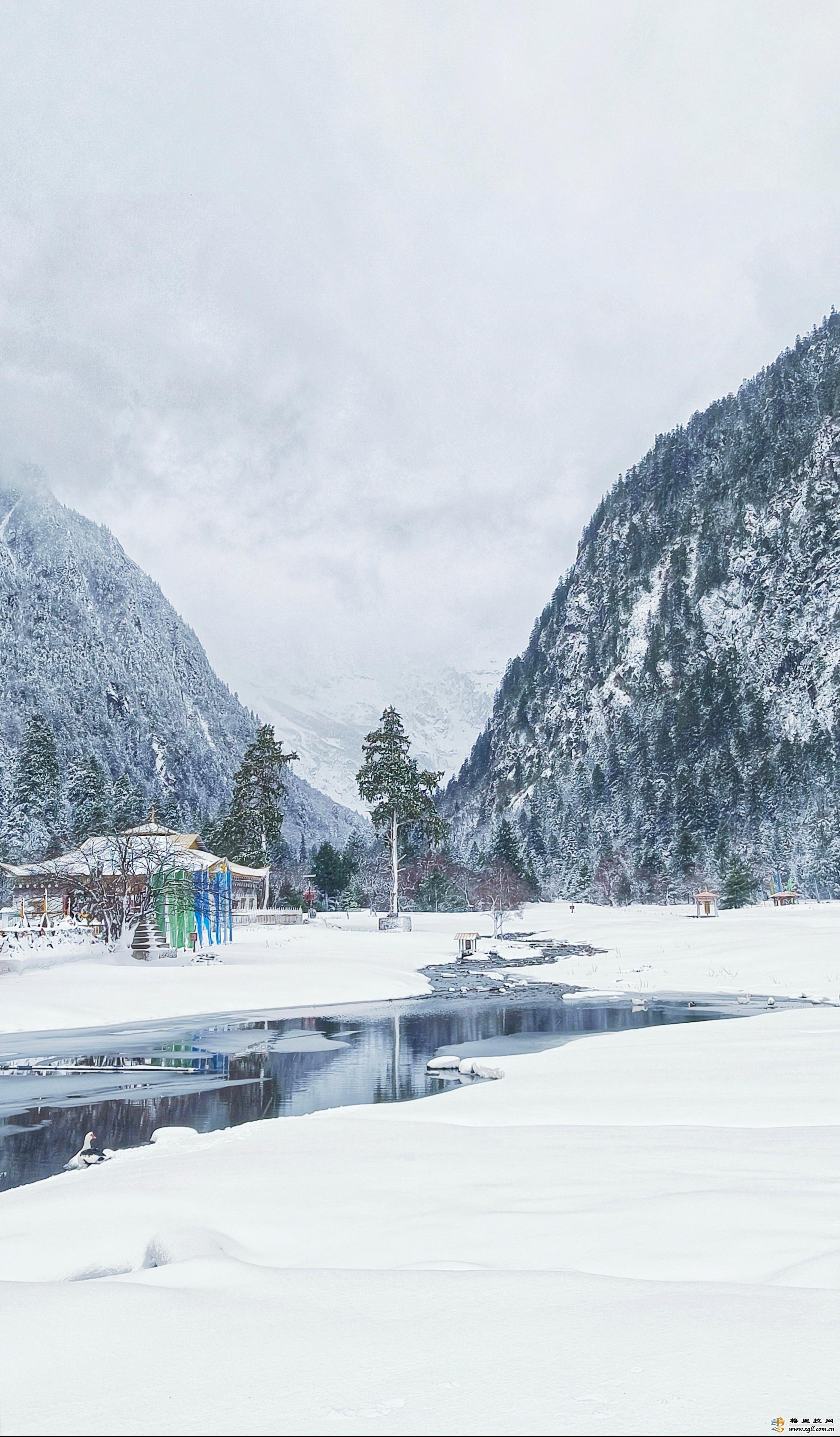In 1653, Emperor Shunzhi (1638-1661) granted the Fifth Dalai Lama the honorific title of "the Dalai Lama, Overseer of the Buddhist Faith on Earth under the Great Benevolent Self-subsisting Buddha of the Western Paradise" and bestowed upon him a gold album and a gold seal of authority.
In 1713, Emperor Kangxi (1654-1722) granted the Fifth Panchen with the honorific title "Panchen Erdeni" and also bestowed upon him a gold album and a gold seal of authority. Thereafter, the titles and positions of the Living Buddhas of the Dalai and the Panchen were officially established by the central government of the Qing Dynasty.
Relying on the support from the central government, Grand Living Buddha of the dGe-lugs-pa Sect possessed great political and religious power in Tibet. Therefore, the reincarnation of the Living Buddha became a bone of contention within the privileged class in Tibet, which led to rampant corruption.
In an effort to turn the tide by overcoming the drawbacks that arose from the soul boys being nominated from the same tribes, the Qing Court decided to directly control the search and confirmation of the reincarnated soul boy of the Grand Living Buddha to tighten its governing of Tibet and improve stability along the country's southwestern borders.
In 1793, the Qing Court promulgated the 29-Article Ordinance for the More Efficient Governing of Tibet, establishing the rule of drawing lots from a gold urn. Article one of the Ordinance stipulates: in order to ensure that the Yellow Sect continues to flourish, the Grand Emperor bestowed upon it a gold urn and ivory slips for use in confirming the reincarnated soul boy of a deceased Living Buddha.
For this purpose, four major Buddhist Guardians will be summoned; the names of candidates, as well as their birth years, will be written on the ivory slips in three languages: Man, Han Chinese and Tibetan; the ivory slips will be placed in the gold urn and the learned Living Buddha will pray for seven days before various Hotogtu Living Buddhas and High commissioners stationed in Tibet by the Central Government officially confirm the reincarnated soul boy by drawing a lot from the gold urn in front of the statue of Sakyamuni in the Jokhang Monastery.
If there is only one candidate, his name should also be written on an ivory slip and put into the gold urn together with an empty ivory slip. If the empty ivory slip is drawn from the gold urn, then the boy should not be confirmed and the search for the reincarnated soul boy should continue.
The system of drawing lots from a gold urn ensured that the central government was in control of the search and identification of the reincarnated soul boys of the Living Buddhas of the Dalai and Panchen, further clarifying the subordinate relationship between the central government and Tibet.
The system not only helped maintain state sovereignty in Tibet but also helped avoid bribery and cheating in the reincarnation procedures. It showed a religious ideal that the deities' decisions were just and sacred, and conformed to the Tibetan Buddhist doctrines and religious practices and thus won the hearts of all Tibetans.
The Eighth Dalai and the Seventh Panchen then wrote articles to express their support to the system and gratitude to the Emperor for his concern. The Eighth Dalai issued an official statement, in which he pointed out the importance and necessity of the lot-drawing method and said "in this aspect, those who still confirm reincarnation arbitrarily according to the old custom will be severely punished without mercy".
From 1793 when the system of drawing lots from a golden urn was established up to the end of the Qing Dynasty, 91 reincarnated soul boys were confirmed for 39 Grand Living Buddha pedigrees by the Qing Court, of whom 76 were confirmed through drawing lots from a golden urn and 15 were approved by the central government to be excused from the lot-drawing method due to special reasons.
The central government of the Republic of China (1912-1949) continued the conventions and policies implemented by the Qing Court in the management of Grand Living Buddhas and the reincarnation affairs. The government issued the Regulation on the Management of Lama Monasteries and the Method for the Reincarnation of Lamas in 1935 and 1936 respectively.
It also promulgated methods for searching and confirming the reincarnated soul boys of the Dalai and Panchen and approved the reincarnated soul boys of the 13th Dalai and the Ninth Panchen.
|





7740f3b5-9ecb-438e-9052-76cb2d4bb671.jpg)

